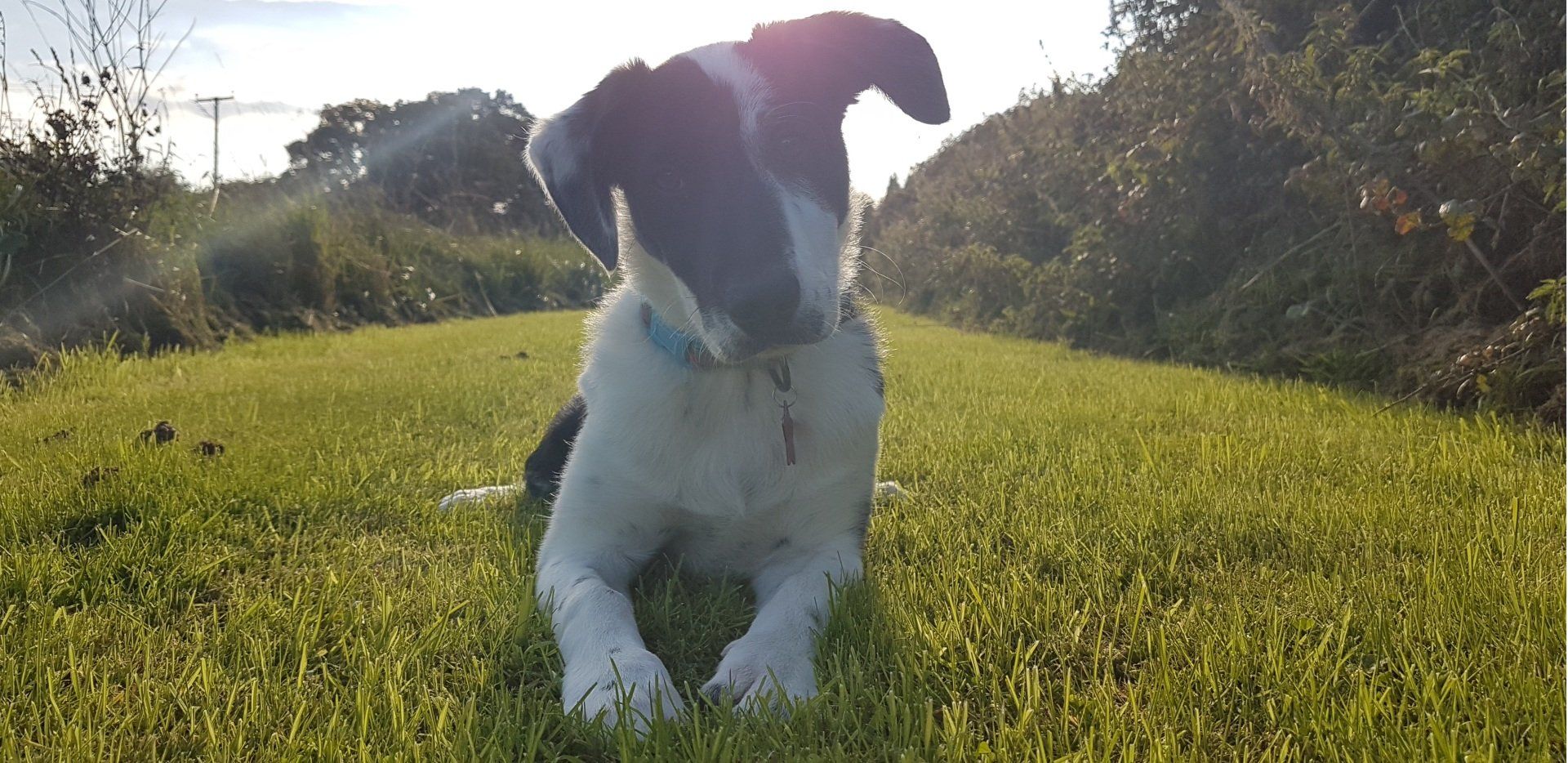Blog Post
Socialising Your Puppy - 4 Key Tips You Must Know
- by Jason Bartram
- •
- 21 Jan, 2019
- •
The first sixteen weeks of a dog's life are critical to their development and well-being. Here are 4 tips to help you socialise them and set them up for success, all while ensuring their safety and comfort.

1. Keep it short and sweet
The whole point of socialising a new dog or puppy is to ensure that they are happy with new people, dogs, or places. This cannot be achieved by thrusting your young dog into a situation they they cannot or do not know how to handle. For this reason it is a good idea to keep socialisation sessions short - under a minute at a time of face to face contact with a new person or dog is best when puppy is just starting out. This way, you can check that the dog is happy with the session every few minutes, and reward the puppy for tolerating the new person or dog.
It is important to always leave your puppy with an escape route. If they are finding the situation too intense or too frightening they must have a way to remove themselves from that situation. Not allowing the puppy to get away will increase stress and anxiety and create a negative connotation with encountering the same circumstances again.
It is important to always leave your puppy with an escape route. If they are finding the situation too intense or too frightening they must have a way to remove themselves from that situation. Not allowing the puppy to get away will increase stress and anxiety and create a negative connotation with encountering the same circumstances again.
2. Make it positive
When we are trying to create positive connotations to our dog meeting new people and other dogs, we have to show them that this is a great experience - something that they want to repeat. This means that when your puppy is meeting new dogs and people for the first time, you have to provide the fun in the situation. This could mean interspersing the meeting with a bit of one-on-one play between you and puppy, a quick nibble on some tasty treats, or a fun game with a favourite toy. Whichever you chose to use, the aim is the same: to teach puppy that when he meets new people and dogs, good things happen!
3. Socialise puppy with different surfaces
A commonly overlooked factor of puppy socialisation is to do with surfaces and the ground beneath their paws. It is a great idea to try to expose puppy to all sorts of ground conditions from a young age to prevent any negative emotions form being linked with what they are standing upon. Of course, when you bring your new puppy home for the first time he will be immediately introduced to the flooring in your house, and also whatever surface is in your garden, but it is important to think beyond that. Has puppy experienced hard wooden flooring, carpets, rugs, slippy vet style flooring, grass, concrete, cement, artificial grass, etc. The more they can meet the better.
4. Socialise puppy with different environments
Exactly the same as with surfaces, it is great to know that your puppy is just as happy to be outside in the woods as he is to be rolling aroung on the living room floor. Taking his favourite toy or some delicious treats with you wherever you go is a great way to introduce puppy to new spaces while creating a positive connotation in their minds. It is important to note than some dogs are happier to be in unknown places than others, so you may need to take it slowly. If puppy is looking uncomfortable, take him out off the stressful situation and try again tomorrow. Little by little is the key phrase with this - start off with just five minutes in the new environment whilst playing with a toy or doing some simple training. Once there has been one good exposure, the next will be simpler, and you can begin to slowly increase the session length.
A few good examples of new environments to expose your puppy to are:
A few good examples of new environments to expose your puppy to are:
- Open Fields
- Woodlands
- Country Lanes
- Busy Pavements
- Shopping Centres (if they allow dogs)
Share
Tweet
Share
Mail
Contact us
Thank you for contacting us.
We will get back to you as soon as possible
We will get back to you as soon as possible
Oops, there was an error sending your message.
Please try again later
Please try again later
Share
Tweet
Share
Mail
© 2024. The content on this website is owned by us and our licensors. Do not copy any content (including images) without our consent.

